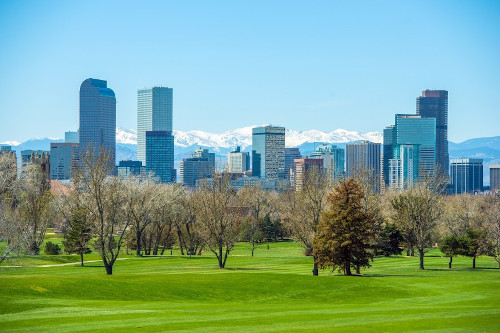Original article by: BUILDER Online
After years of anticipating shifts in demographics and buyer demand, home builders and developers in Colorado are reaping the benefits, particularly with master-planned communities.
Applying the "shift" in baseball vernacular is about playing the percentages and moving players, especially infielders, to where a batter is likely to hit the ball based on historical data tracking each hitter’s tendencies. From game to game, occasionally the batter is able to adjust, and the shift doesn’t work. But over the course of a long MLB season, the odds play into the defense’s favor. With apologies to the Colorado Rockies, the local team applying the shift with some success is the home building industry.
Denver’s land developers and builders have been anticipating shifts in demographics and buyer demand for years, especially coming out of the Great Recession, and Denver’s economic expansion took off. Due to the combination of Denver’s economic diversity and plentiful job opportunities, attractive lifestyle, and thriving downtown, net migration into the Denver region averaged over 49,000 per year from 2010 to 2019. Many were young, single, well-educated, and filled the thousands of newly completed apartment units added to Denver’s vibrant urban core.
As the home building industry quickly worked through the "legacy" suburban communities left over from the recession, developers and builders had their sights set on a new wave of large master-planned communities that were still years away from delivering their first homes. Anticipating a shift in buyer demand that would materialize in the years ahead as young millennials would begin to have families and move out of apartments to buy their first homes, builders had to figure out how to attract buyers who were ready for a move but reluctant to completely abandon the "coolness factor" of the urban core.
Zonda estimates that from 2020 through 2025, more than 40 master-planned communities are likely to close out. That’s an average of seven a year, many of which have been around for a decade or more and thrived during this last economic and housing cycle. Replacement communities were needed at a time when lot supply tightened and home prices escalated. As for the new wave of master-planned communities, roughly 17 have launched in Denver the past few years, with more to come in 2021. Many look different from those legacy communities by way of higher densities and different product types, price points, and segmentation. Some are mixed-use, while others have town centers, a higher degree of open space, trails, and connectivity, and modern amenities and programming, along with new-home designs to accommodate today’s buyer lifestyles. Home starts in master-planned communities now represent 81% of all starts in Denver, the highest since 2015. We anticipate this number will continue to grow in the years ahead as new communities hit their stride and others come online. Here are a few worth checking out:
While the 2021 MLB season remains clouded in uncertainty, the home-builder shift is on in Denver, the groundwork of which was laid years ago. Now that’s playing the percentages.

